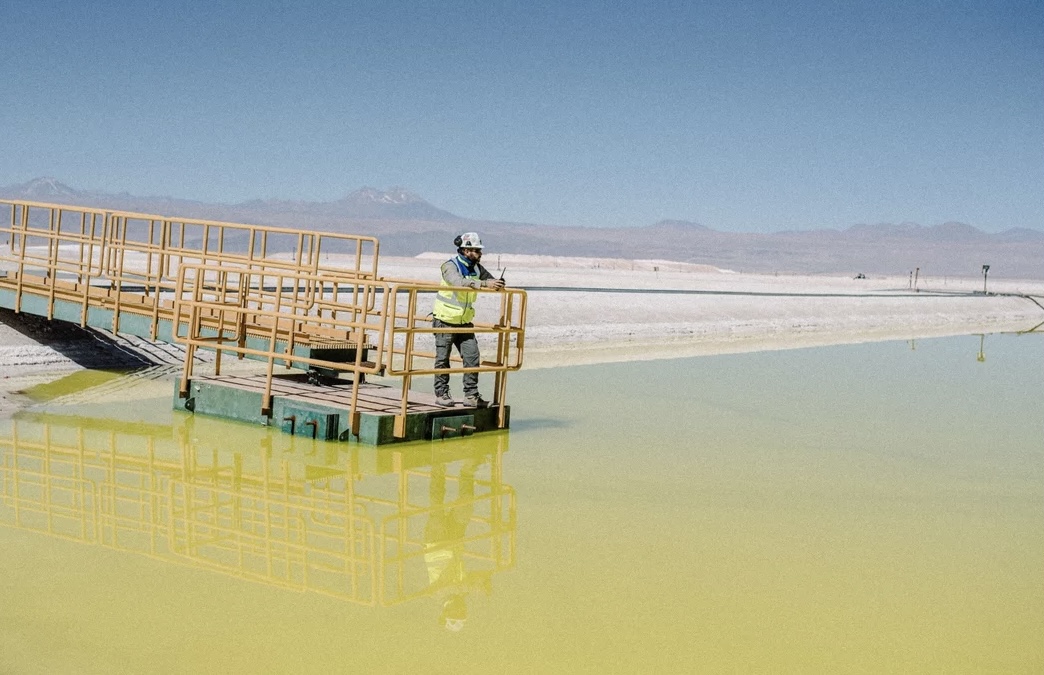Lilac Solutions, a leading innovator in lithium extraction technology, has unveiled significant advancements in its Direct Lithium Extraction (DLE) process. The company claims these improvements address key concerns regarding efficiency, environmental impact, and cost, making their technology a stronger contender in the race to meet the growing demand for lithium, a critical element in electric vehicle batteries.
Addressing Industry Skepticism with Data
Lilac Solutions, headquartered in Oakland, California, has been working on its DLE technology since 2016. The company counts BMW and Breakthrough Energy Ventures among its investors. DLE is a method of extracting lithium from brine sources without using large evaporation ponds, a traditional method with significant environmental drawbacks. However, Lilac has faced skepticism from some industry players regarding the efficiency and economic viability of its DLE technology.
In a bid to address these concerns, Lilac released a white paper detailing the latest iteration of its DLE technology. This fourth-generation system boasts an impressive 90% lithium recovery rate from many brine formations. Additionally, Lilac claims to have halved the construction costs associated with its DLE system.
The company also highlighted the reusability of its core technology. The lithium extraction process utilizes ion exchange ceramic beads that can now endure 4,000 cycles, significantly higher than the 150 cycles previously reported by short sellers. This translates to a more economical and sustainable operation.
Focus on Environmental Sustainability
Water usage is another critical concern when it comes to lithium extraction. Lilac’s improved DLE system incorporates recycling equipment, minimizing water consumption. This aligns well with the growing focus on environmentally friendly mining practices within the lithium industry.
Lilac’s announcement comes amidst a flurry of activity in the DLE sector. Competitors like Koch Engineered Solutions and International Battery Metals are also making strides in DLE technology. However, Lilac is confident that its latest advancements position them as a strong competitor.
Lilac plans to deploy its latest DLE technology at a pilot plant in Utah’s Great Salt Lake, expected to be operational by October 2024. This pilot project represents a crucial step towards commercialization. If successful, it could pave the way for larger-scale deployments, bolstering domestic lithium production in the United States.
Lilac is also actively exploring lithium projects in Arkansas, South America, and Europe. This global reach reflects the company’s ambition to become a major player in the lithium extraction market.
The Race for Lithium Heats Up
The increasing demand for lithium, driven by the electric vehicle revolution, has intensified competition in the lithium extraction sector. Companies are racing to develop more efficient, environmentally friendly, and cost-effective extraction methods.
Lilac’s advancements in DLE technology represent a significant step forward. While competitors are also making progress, Lilac’s claims of a 90% recovery rate, reduced construction costs, and extended bead life position them competitively.
The coming months will be crucial for Lilac. The success of their pilot plant in Utah will be closely watched by the industry. If they can demonstrate the viability of their DLE technology at scale, Lilac could become a major force in supplying the lithium needed for the clean energy transition.
Source: Reuters



